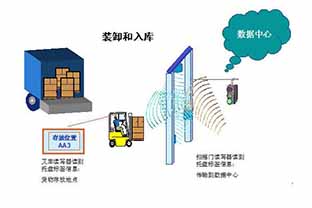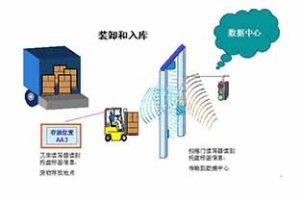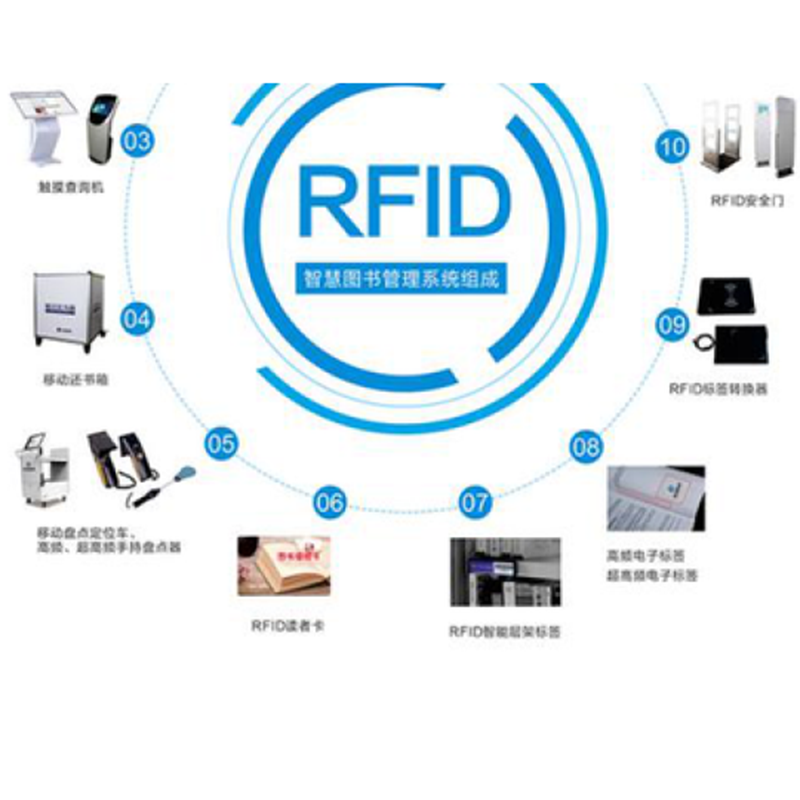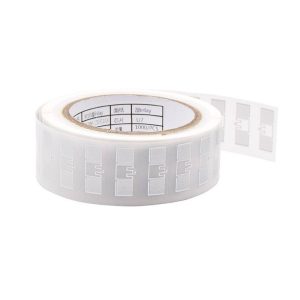The application of RFID electronic tags in aviation luggage management
RFID stands for Radio Frequency Identification technology. It is a wireless communication technology that can identify specific targets and obtain relevant data through radio waves. RFID technology is widely used in logistics, inventory management, payment systems, and other fields, which can improve work efficiency and security. Through RFID technology, items can be uniquely identified and tracked, providing convenience for business management and consumers. The development of RFID technology will further promote the development of animal networking and intelligent technology, with broad application prospects

The application of RFID electronic tags in aviation luggage management
In airport services, luggage management is a crucial aspect. As the proportion of luggage carried by passengers continues to increase, it is crucial to efficiently and quickly transport passenger luggage to enhance the passenger service experience. The introduction of RFID electronic tag technology provides a new and reliable solution for airport luggage management. By pasting RFID electronic tags into luggage, real-time monitoring and management of the entire luggage process can be achieved, while ensuring that passengers’ luggage is not lost or misplaced. The core issue of airport luggage management lies in how to ensure that luggage can be delivered to passengers’ destinations in a timely and accurate manner. In traditional luggage management models, it is often necessary to label luggage and manually scan each item to confirm the ownership and destination information of luggage. This method is not only inefficient, but also prone to problems such as accidental delivery and loss of luggage caused by human factors. Through the application of RFID electronic tag technology, the airport baggage management system can achieve automatic tracking and real-time monitoring of luggage. When passengers check in their luggage, airport staff will attach RFID electronic tags to the luggage and input the luggage information into the system. After a certain period of time, RFID reading and writing devices will automatically scan the information on the tags and send it to the airport luggage management system for data processing. This can timely check the location, status, and other information of the luggage, ensuring that it can be accurately transported to the passenger’s destination.
The application of RFID technology in aviation luggage management
1. Luggage RFID electronic tags
When passengers check in their luggage, the staff will print out electronic tags through an electronic tag printer and attach them to the luggage. Each electronic tag has a unique ID information, including information such as weight, departure, destination, etc.
2. Luggage goes through security check
Luggage security check has always been a very important link, which is related to the safety of personnel and property throughout the journey. RFID readers are installed in the security check channel to scan each piece of luggage with electronic tags. In this process, once problems are found with the luggage, the readers send the information of the luggage to the airline’s security server through the computer network, which is real-time and automatic.
3. Luggage sorting
Previously, luggage sorting was mainly completed through manual identification, which resulted in a large workload and high error rate. The application of RFID improved work efficiency and reduced labor intensity. By placing RFID readers and writers at the baggage collection ports of each flight, when luggage with electronic tags passes through these collection ports in sequence, the readers and writers will read the information in the electronic tags to determine whether the luggage belongs to the flight. If the green light is on, the staff will place the luggage in the luggage compartment. If the yellow light is on, the luggage will be placed back on the conveyor belt and then sorted below.
4. Matching luggage and passengers
Luggage/passenger matching can ensure that only the luggage of boarding passengers can be carried on the plane. The application of RFID technology can achieve full automation of luggage/passenger matching, reduce personnel workload, and make the luggage management process more transparent.
With the support of RFID tags, airports can achieve real-time monitoring and management of luggage, thereby identifying problems in luggage operation in a timely manner and making adjustments. The application of RFID tags can also help airports optimize luggage classification and sorting work, improve work efficiency and accuracy, and reduce the risk of misoperation. The application of RFID electronic tags has solved various problems in traditional luggage management mode, improved the efficiency and accuracy of luggage tracking and management, and brought more intelligent, efficient, and precise solutions for airport luggage management.






